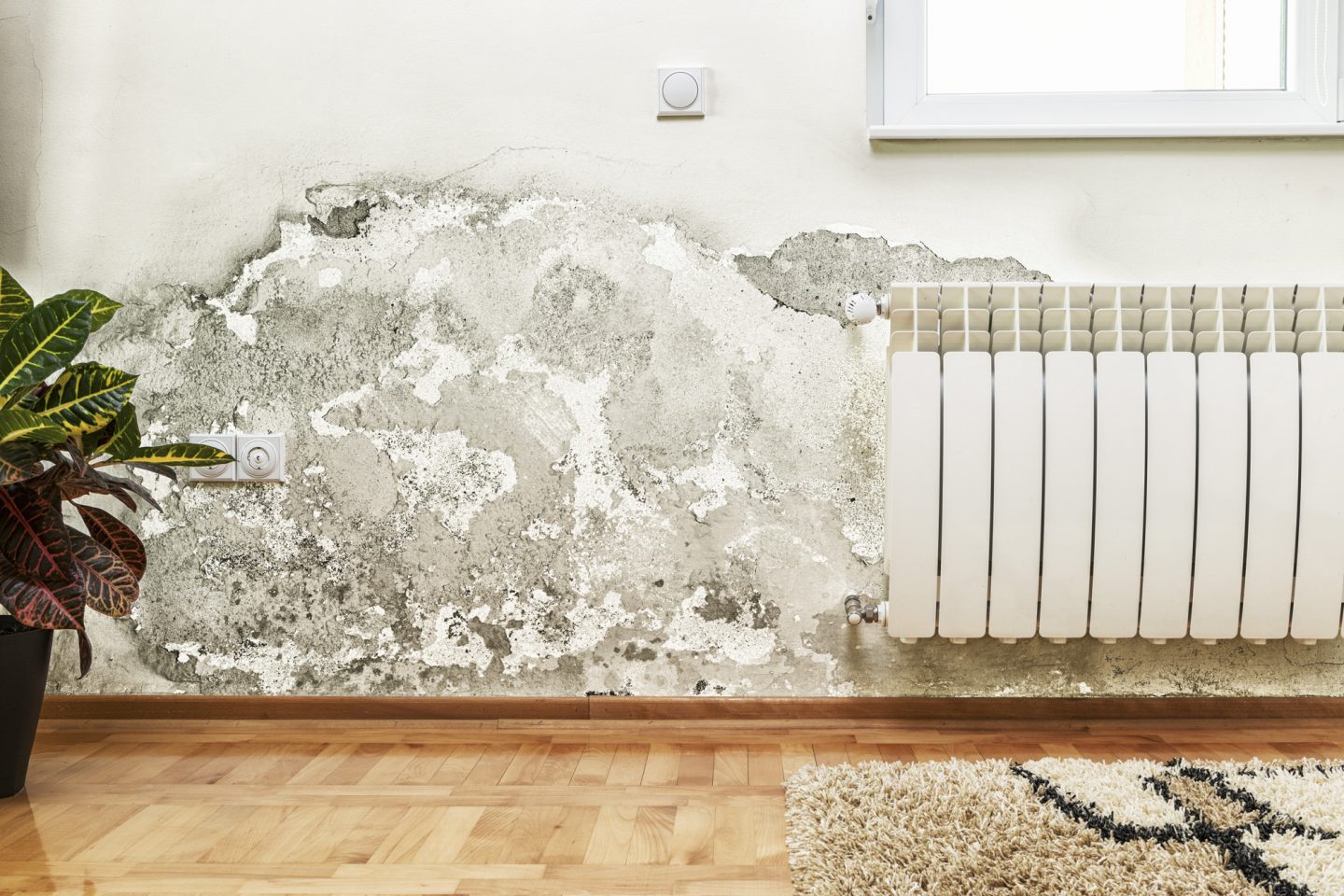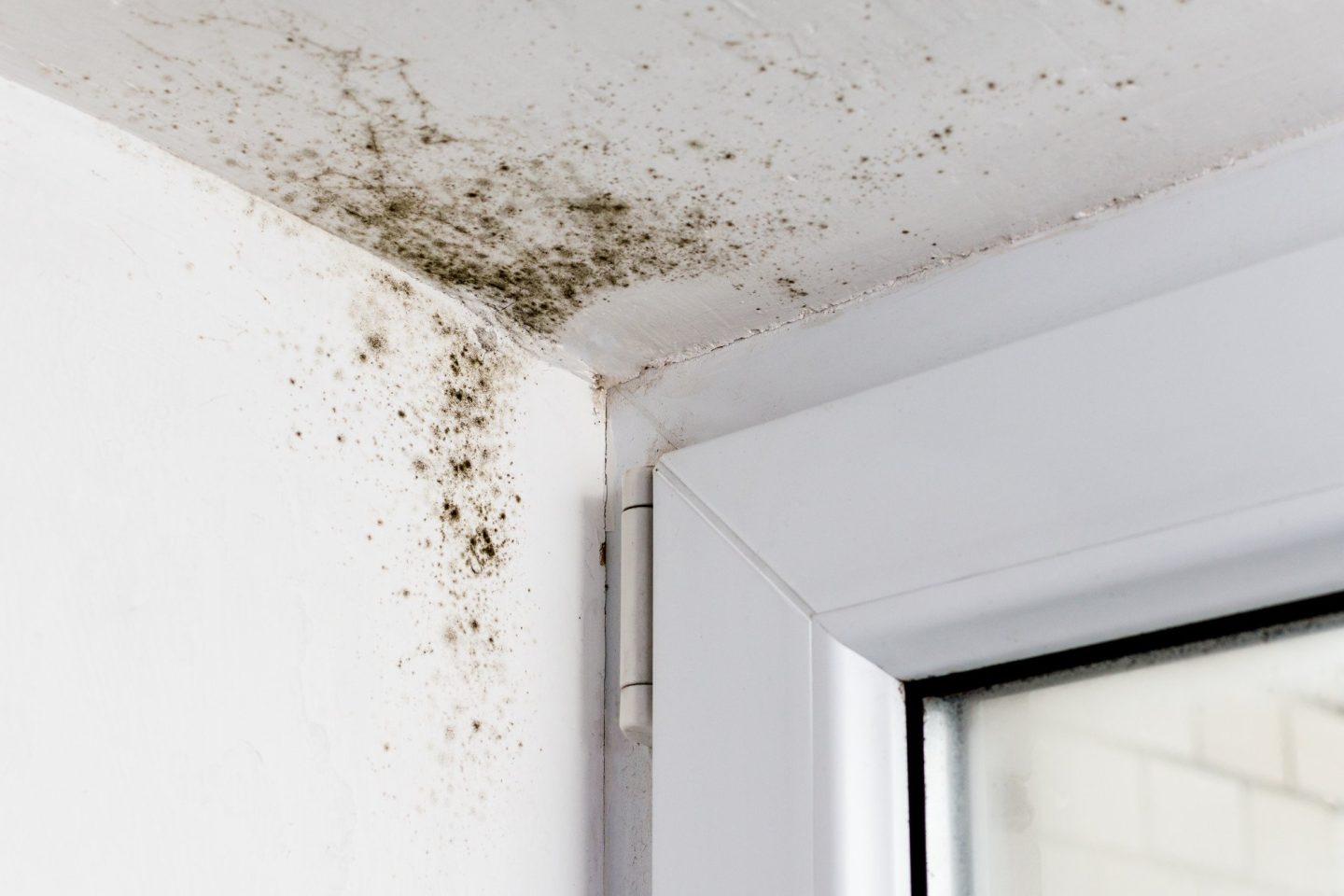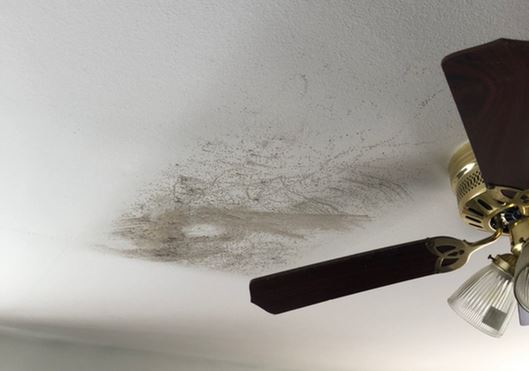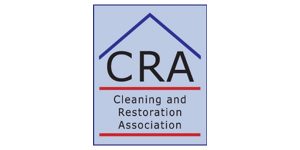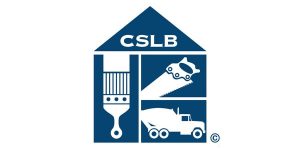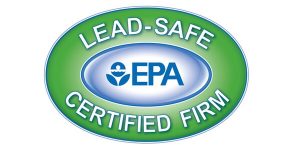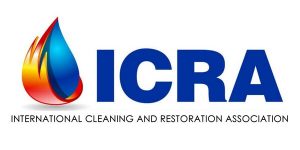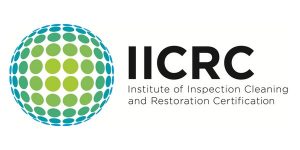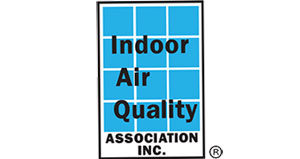Mold growth in homes is not just an aesthetic issue; it can have serious implications for both the structural integrity of your property and the […]
What Is the Difference Between Black Mold vs Regular Mold?
Did you know that around 70% of homes in the United States have some form of mold growth? It’s a common issue that many people […]
What Are the Main Types of Mold Found in Homes?
There are more than 1,000 types of mold found in homes in the United States. Whether it’s brown, grey, or white, you don’t want it […]
5 Common Signs You Have Mold in Your House
You don’t want to wait too long before noticing the signs you have mold in your house. These issues can get quite costly the more severe […]

